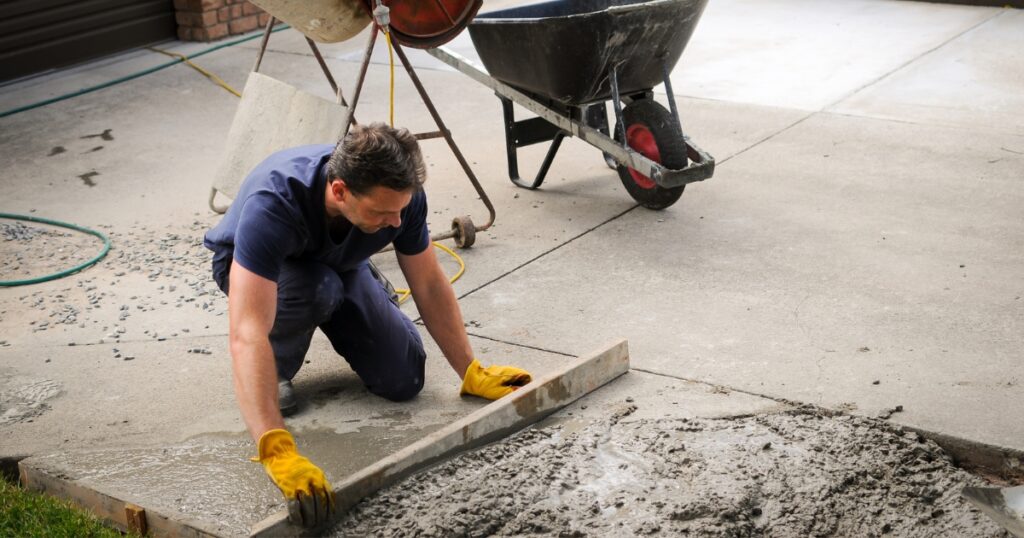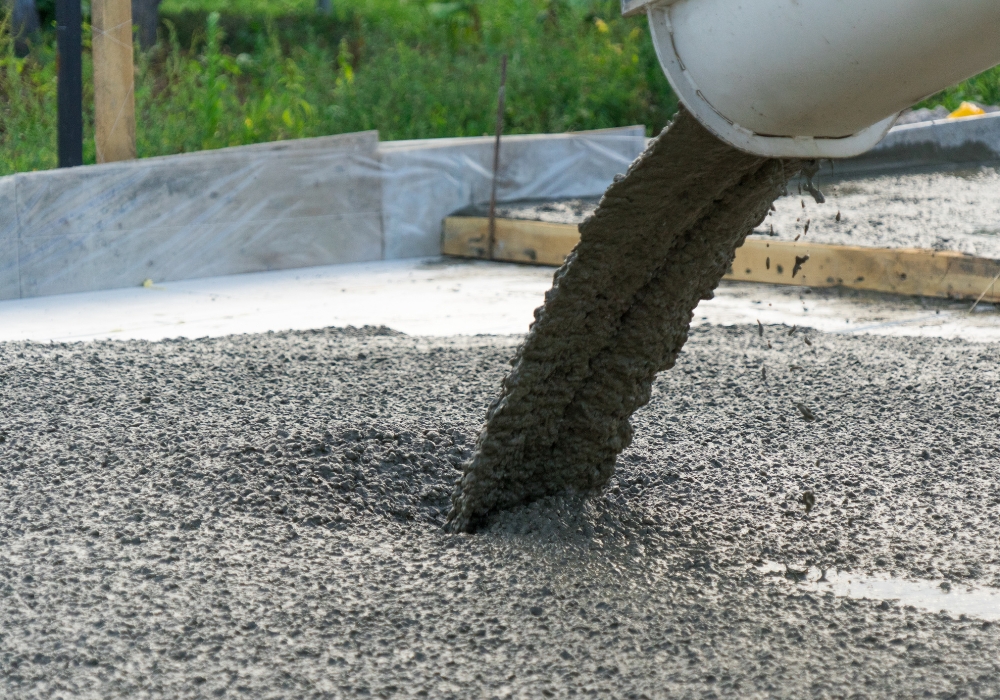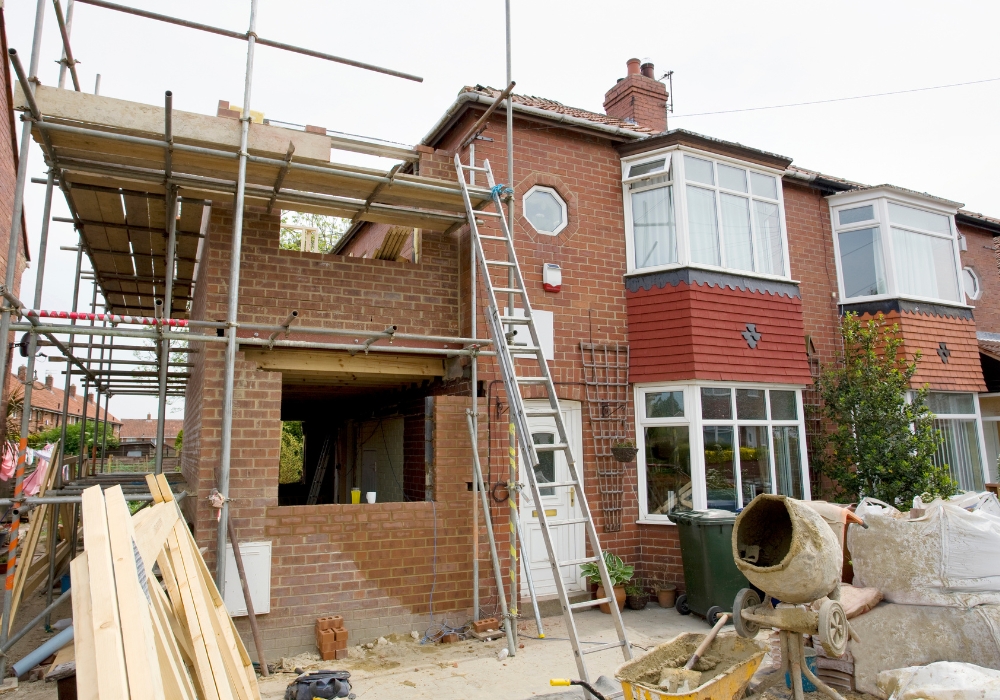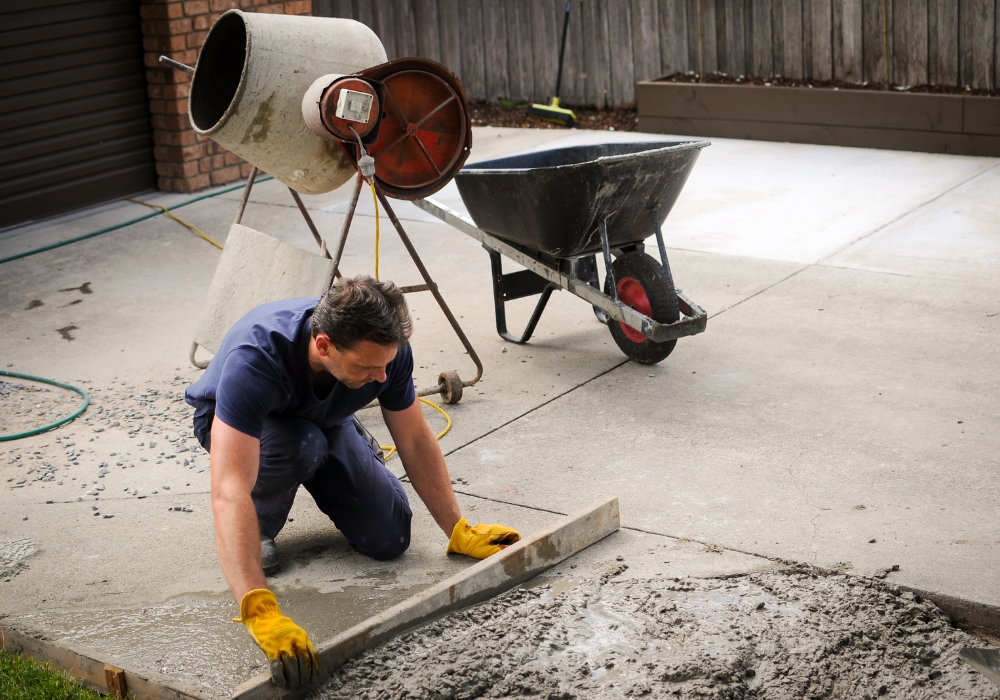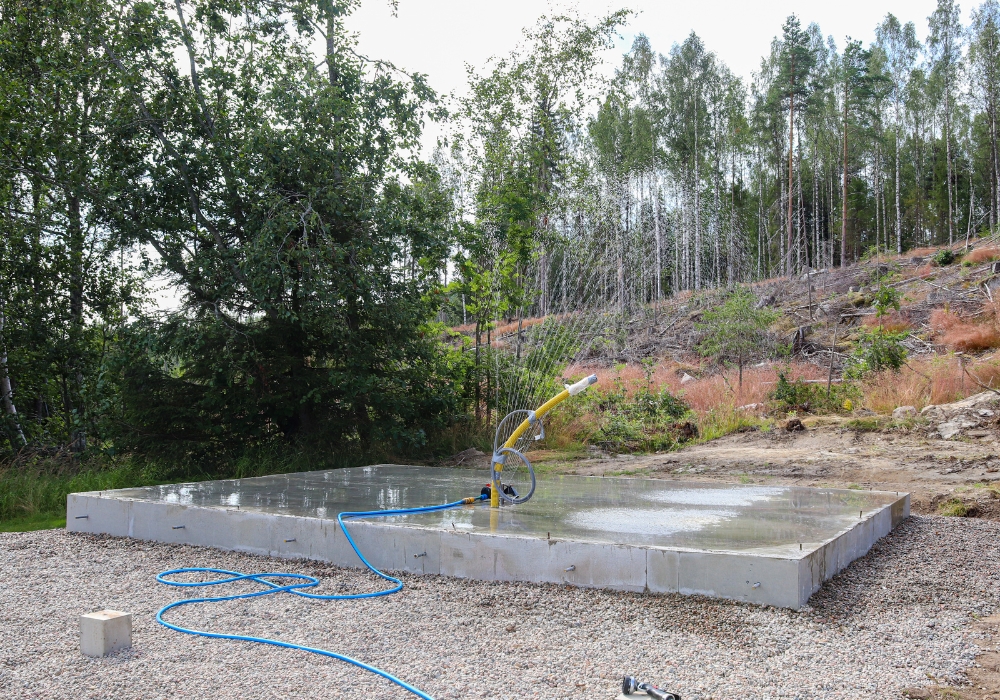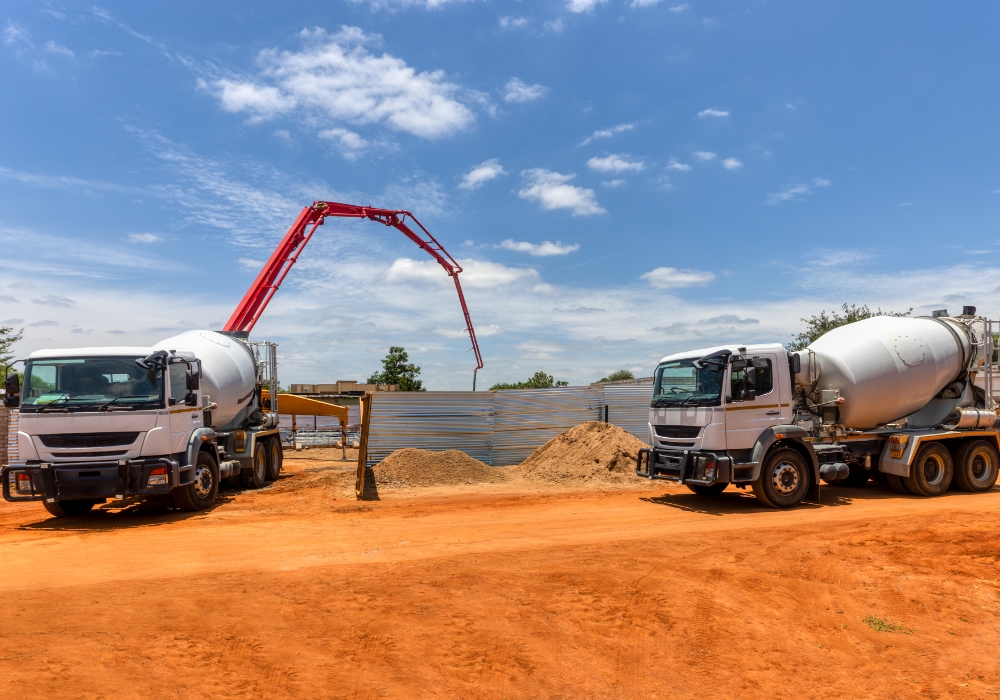Curing is a crucial step in concrete construction that directly impacts its strength, durability, and longevity. Properly curing concrete ensures that it achieves its full potential, allowing it to withstand the test of time and environmental factors. Let’s delve into the concrete curing process to understand its significance and best practices.
What is Concrete Curing?
Concrete curing refers to the process of maintaining adequate moisture and temperature conditions for freshly poured concrete to ensure hydration and proper hardening. This process begins immediately after placement and continues for a specified period to achieve optimal strength and durability.
Hydration Reaction
When water is added to cement, a chemical reaction called hydration occurs. This reaction forms crystals that bind together the cement particles and aggregate, creating a solid and durable matrix. Curing facilitates this hydration process by providing the necessary moisture for continued chemical reactions.
Methods of Concrete Curing
Moist Curing
Moist curing involves keeping the concrete surface continuously moist by methods such as ponding, wet burlap, or the use of curing compounds. This method prevents moisture loss and allows the concrete to hydrate properly, resulting in stronger and more durable concrete.
Membrane Curing
Membrane curing uses impermeable materials such as plastic sheets or curing membranes to seal the concrete surface. This method prevents moisture evaporation and maintains a controlled environment for hydration. Membrane curing is effective for large concrete slabs or in hot and dry conditions.
Steam Curing
In some cases, steam curing is used to accelerate the concrete curing process. Steam is applied directly to the concrete surface to raise its temperature, speeding up hydration and achieving higher early strength. This method is commonly used in precast concrete production.
Factors Affecting Concrete Curing
Temperature
Temperature plays a critical role in the curing process. Ideal curing temperatures typically range between 10°C to 25°C. Extreme temperatures can affect hydration rates and concrete strength development. Protecting concrete from freezing or overheating during curing is essential for optimal results.
Moisture Loss
Preventing moisture loss is crucial for effective curing. Wind, sunlight, and low humidity can cause rapid evaporation, leading to surface cracking and reduced strength. Properly covering the concrete with wet burlap, curing blankets, or plastic sheets helps retain moisture and ensures uniform hydration.
Duration of Curing
Initial Curing Period
The initial curing period is the critical phase immediately after concrete placement. It typically lasts for 3 to 7 days, during which the concrete gains sufficient strength to resist cracking and damage.
Long-Term Curing
Long-term curing continues beyond the initial period to further enhance concrete strength and durability. Properly cured concrete continues to hydrate and gain strength over weeks and months, achieving its maximum potential.
Importance of Proper Curing
Strength and Durability
Properly cured concrete is stronger and more durable, with improved resistance to cracking, shrinkage, and abrasion. It ensures the structural integrity of buildings, roads, and infrastructure over their lifespan.
Aesthetic Quality
Effective curing contributes to the aesthetic quality of concrete by reducing surface blemishes, stains, and discolouration. It enhances the appearance and finish of decorative concrete surfaces, such as stamped or exposed aggregate finishes.
Curing: The Key to Stronger Concrete
Understanding the concrete curing process is essential for achieving durable and high-quality concrete structures. By providing adequate moisture and temperature control during curing, you ensure that concrete reaches its full-strength potential. Whether for residential driveways or large-scale infrastructure, proper curing is fundamental to longevity and performance.
